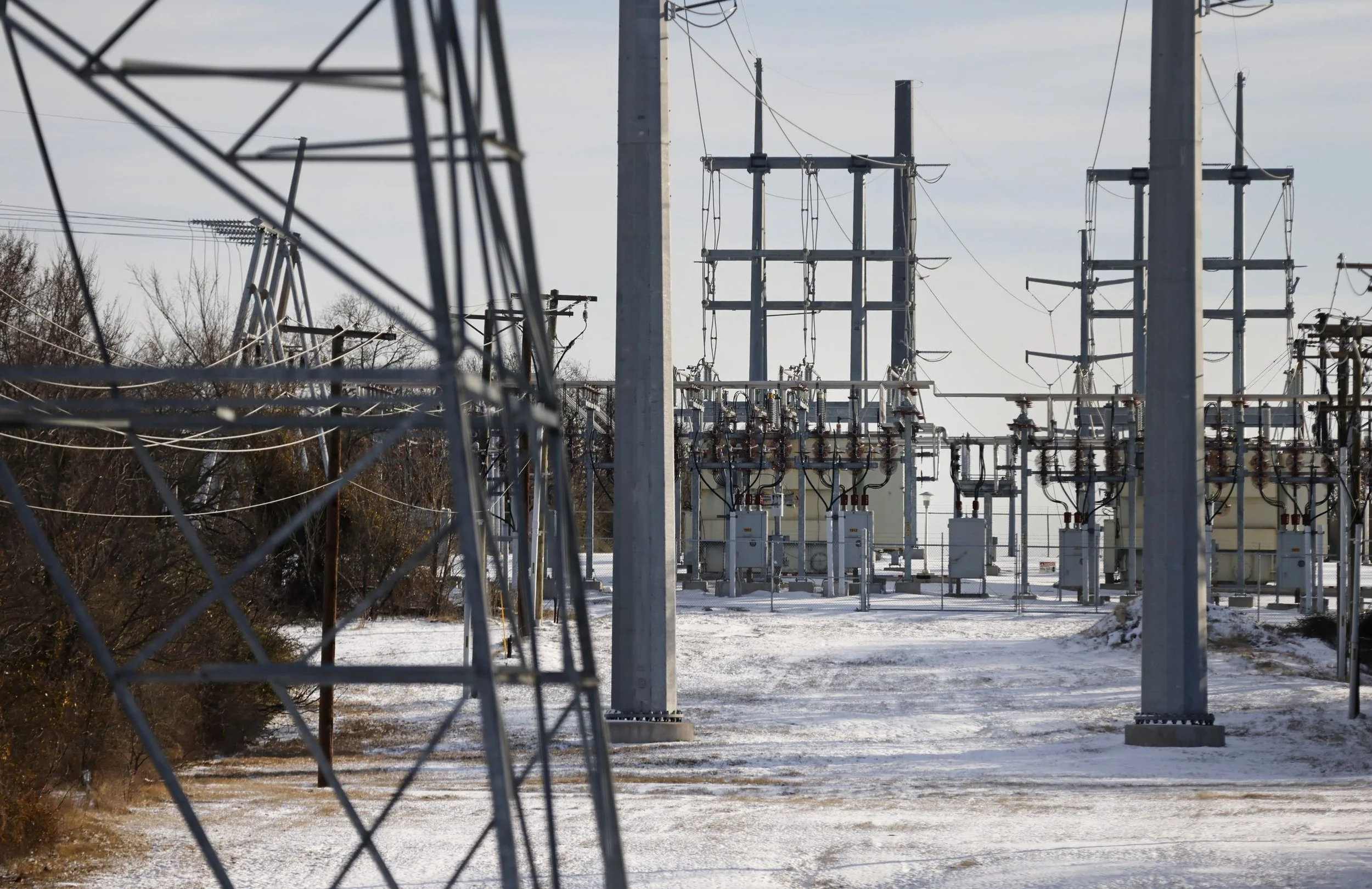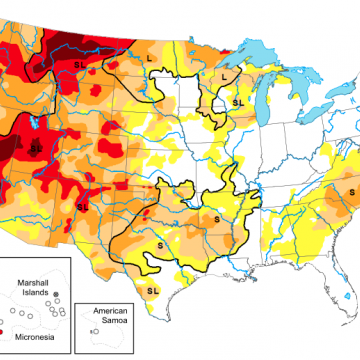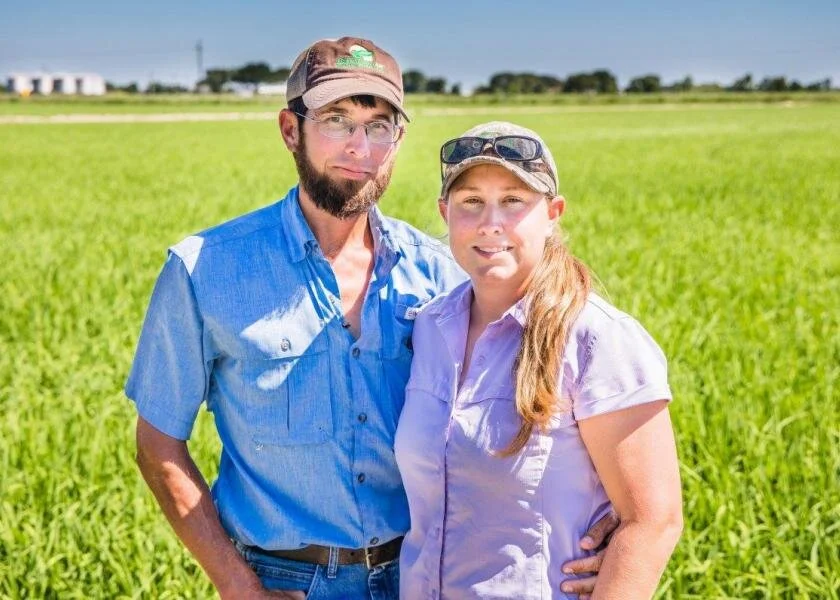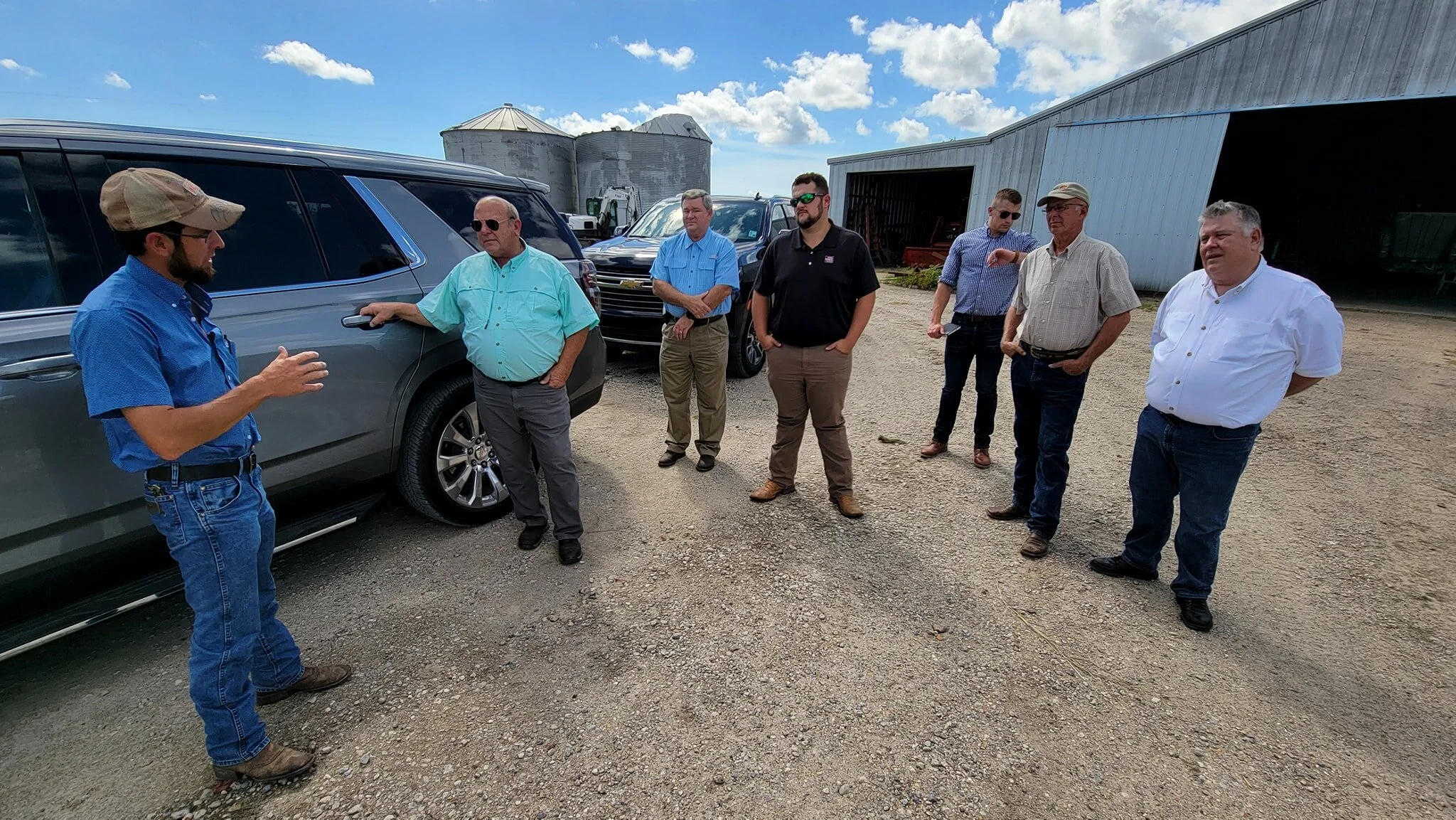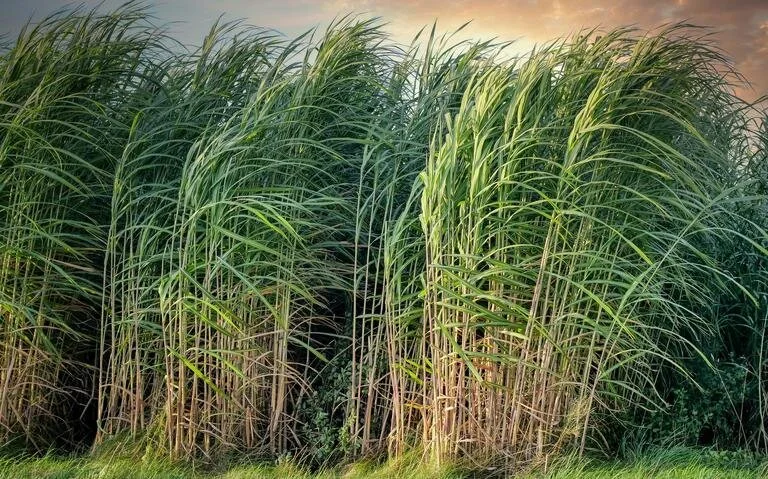The 2022 Hurricane Season Is here; Prepare Now For Potential Storms
Hurricane season is once again upon us, and the LSU AgCenter has recommendations to mitigate potential damage and losses to yards, homes and pets as well as tips for keeping food and cleaning supplies on hand.
While not as active as the historic season of 2020, 2021 saw 21 named storms — including seven hurricanes, four of which were major. One of these, Ida, was a Category 4 storm second only to Katrina in its damage to Louisiana.
This year, the National Oceanic and Atmospheric Administration (NOAA) is predicting an above-average season with the potential of 14 to 21 named storms, six to 10 hurricanes and three to six major hurricanes. AgCenter specialists have some guidance for staying prepared.
Read More
Summer Hurricanes, Wildfires and Storms Loom as FEMA Faces Pressure to Step Up
Another grueling summer disaster season is arriving, and the Federal Emergency Management Agency is under intense pressure even as its portfolio balloons, it pleads for more money from Congress, and criticism comes on several fronts.
The agency manages more than 300 disaster declarations a year, a dramatic increase from the average of 108 disasters it responded to just a decade ago. For 2022, the disaster outlook is daunting.
Read More
Louisiana Lawmakers Ponder Gasoline Stockpile for Hurricanes
Louisiana already has 1 million gallons of fuel available if needed for its hurricane response efforts. State lawmakers are considering setting aside another 4 million gallons to address critical shortages in the wake of major storms.
Rep. Daryl Deshotel, R-Hessmer, has proposed the Louisiana Strategic Fuel Reserve in House Bill 1057. It calls for the state to spend $25 million to build three storage tanks at the Central Louisiana Regional Port in Alexandria, according to the bill’s fiscal note. Two tanks would hold gasoline and diesel, and the third would contain ethanol for blending fuels.
Read More
Availability of Low-Interest Physical Loss Loans for Louisiana Producers Affected by Natural Disasters
Physical loss loans can help producers repair or replace damaged or destroyed physical property essential to the success of the agricultural operation, including livestock losses. Examples of property commonly affected include essential farm buildings, fixtures to real estate, equipment, livestock, perennial crops, fruit and nut bearing trees and harvested or stored crops and hay.
Read More
US Drought Expands To Largest Area Since 2012
The U.S. Drought Monitor released Thursday contained more bad news for ranchers and all of agriculture. More than 61% of the contiguous US is in some classification of drought.
Read More
Freeze Injury On Wheat
Freezing temperatures can be detrimental to wheat. Temperatures, depending on where you are in the state, beginning this weekend and into next week (February 4-12) are projected to dip into the mid to low 20s. Wheat that hasn’t jointed should be ok except for some foliar injury. This injury is usually superficial, and the plants should recover
Read More
Blame Bad Weather for Your Bigger Bills
One of the major inflationary forces of 2021 has been the weather.
Wild weather around the world wreaked havoc on markets for raw materials, lifting prices for everything from electricity and heat to houses and breakfast cereal.
Read More
U.S. Drought Monitor Shows Expanded Drought Conditions
This week's U.S. Drought Monitor (USDM) report finds continued deterioration in drought-like conditions across areas of the Mid-Atlantic (Virginia, North Carolina) and the Southeast (South Carolina, Georgia) in response to below-normal precipitation (past 30- to 90-day period), declining soil moisture and streamflow levels.
Also, the drought conditions expanded and intensified on the map in areas of the South including Louisiana, Arkansas, and Texas as well as in the Southern Plains of Oklahoma, where overall warm and dry conditions have prevailed during the past 30- to 120-day period, according to the Drought Monitor map.
Read More
Resilience of Farmers on Full Display After Hurricane Ida Ravaged Louisiana Agriculture
Hurricane Ida ravaged Louisiana agriculture this fall. The hurricane brought as much as two feet of rain in some areas, as producers grappled with losses and aftermath.
"My community took a hell of a beating," Ashly Pitre, president of LaFourche Parish Cattleman's Association, told "This Week in Louisiana Agriculture."
Cattle were stranded for days, and producers worked around the clock to get to their livestock and move them to safety. But even then, the Hurricane left its mark, as This Week in Louisiana Agriculture covered it first-hand this year.
Read More
Cane Farmers Get an Assist From the Weather
A few weeks of dry weather are giving St. Mary sugar cane farmers a break, although it's a working break.
After what experts called a great 2020 cane crop, farmers have worried their way through a hard freeze in February, pushed machinery through mud created by months of heavy rain and watched with trepidation while tropical weather approached.
Read More
Back From the Brink, Farm Couple Rebuilds After Hurricane Devastation
Sky darkens, rain pours, wind blows and a hurricane roars, leaving in its wake mangled buildings, roofless grain bins, and uprooted foundation pillars. Barns, shops, equipment—gone. In 2020, Brandon Vail’s farm life was rolled by devastation on a grand scale. Pile on a truck accident from which he crawled from a crushed tin can to survive by a wafer-thin margin—and the pill of 2020 is all the more bitter.
Yet, mettle takes the day. Knocked to the mat in 2020, Vail found his feet, emblematic of the resilience of Louisiana farmers forced to reckon with another wrecking ball. Farming just 20 miles from the Gulf of Mexico in the teeth of hurricane country, battling saltwater creep and mosquito plagues, Vail is pushing back with grit against the elements. He will rebuild. “I belong here on this dirt,” he says. “I belong.”
Read More
Farmers Frustrated at Disaster Assistance in the Aftermath of Hurricane Laura
More than one year after Hurricane Laura caused more than $1.6-billion in damage to the state’s agriculture industry, some farmers say assistance has been inadequate.
“It’s very slow to get any type of aid in your pocket,” said farmer Brandon Vail. “It's not a cheap deal to rebuild and rebuilding is going to take several years.”
Read More
Army Corps Of Engineers Considers Nature-Based Flood Control
The U.S. Army Corps of Engineers is known for damming rivers and building levees to keep waterways at bay. But a new initiative seeks natural flood control solutions as climate change brings increasingly frequent and severe weather events that test the limits of concrete and steel.
Read More
How Hurricane Ida Hurt Farmers: Wrecked Barns, Ruined Crops, Thousands of Gallons of Lost Milk
As Tangipahoa Parish residents sheltered in place as Hurricane Ida hit, Susie and Harrell Sharkey were fretting over their cows. The Sharkeys have been in the dairy farming business for more than 40 years — one of a dwindling number of milk providers in the state. Their 110 dairy cows need to be milked twice a day, and as the 2 a.m. feeding approached during the storm, a piece of their pump broke.
Read More
Report Says Hurricane Ida Damaged 118,000 Acres of Sugarcane Crops in Louisiana
Hurricane Ida negatively impacted an estimated 118,000 acres of sugarcane crops in Louisiana, or about 26% of the crop that would be harvested for sugar production in the state, according to a preliminary report released on Tuesday, Sept. 14. The projection, produced by the Louisiana State University and the industry group Sugar League, says that the area hit by the storm will have agricultural yield losses ranging from 16% to as high as 29%. Louisiana is the second largest sugarcane producing state in the United States after Florida. Sugar produced from cane accounts for roughly 43% of the total sugar produced in the country, with the rest coming from sugar beet processing, according to the U.S. Department of Agriculture.
Read More







